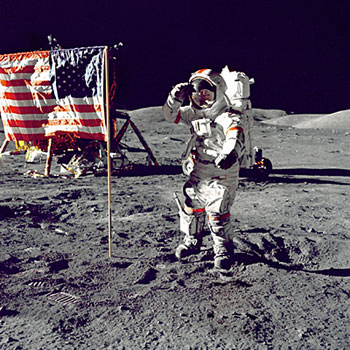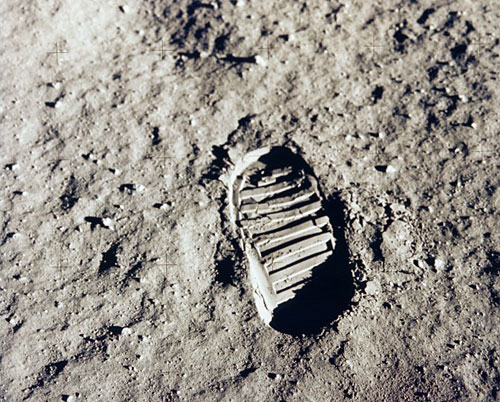
Category Archives: Science
Heart progenitors spontaneously regenerate cardiac muscle via a tight junction ‘honeycomb’ in salamanders

Apollo-11
Today is the 44th anniversary of the first human to step onto the moon. I’m disappointed that there’s no moon base yet, and it doesn’t look likely in my lifetime.

How Moon Bases and Lunar Colonies Work (Infographic) | Space.com
To the Moon!

This is why science RULES!!!
Deaf 29 year old gets a hearing implant and hears herself for the first time ever.
I was born deaf and 8 weeks ago I received a hearing implant. This is the video of them turning it on and me hearing myself for the first time
One Small Step

and now I’m depressed. Is there any government agency more fucked up than NASA? Seriously. Not returning to the moon until 2020? We did it the first time in less than ten years, and it’s going to take another 11 years from now to do it again–when we have the infrastructure already? Let’s not talk about why we don’t already have permanent base there.
Did I mention I’m depressed?
Q: Are we not men? A: We are Devo
Seems that scientists have found a resurrected gene
A gene that is active in humans today died out during our primate evolution and came back to life again. This is the first time such a “resurrection” event has been identified, researchers say.
Since we seem to be devolving, I thought Devo might be appropriate.

